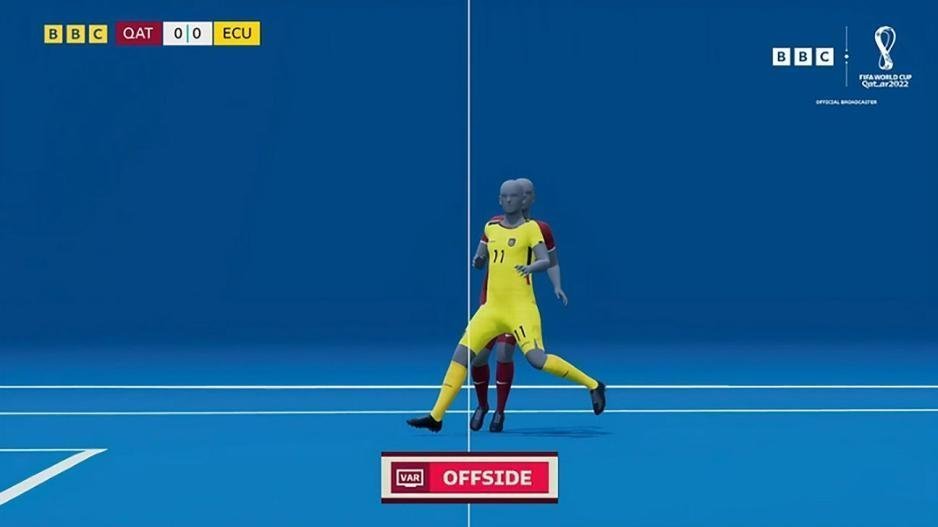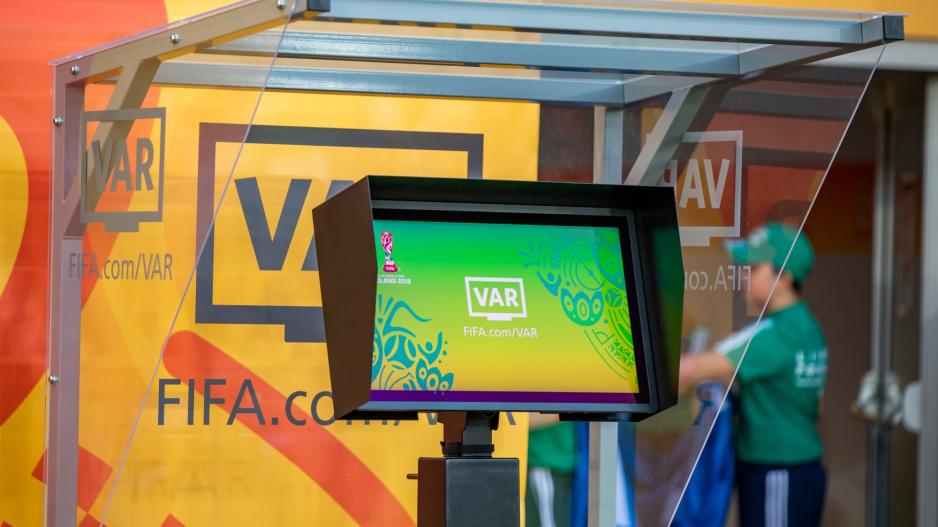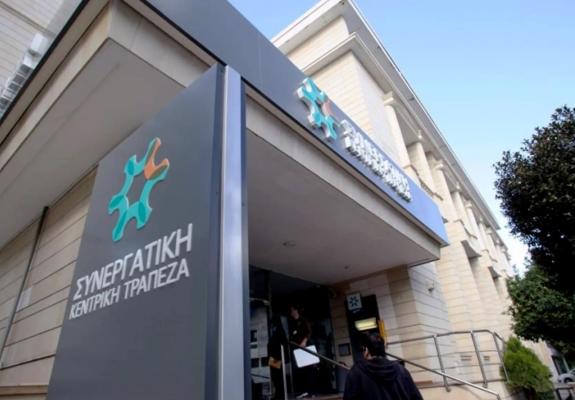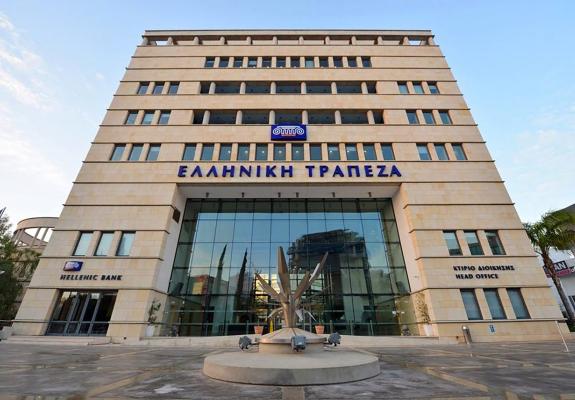AI-Powered Semi-Automated Offside Technology Revolutionizes Football
How VAR and AI are Transforming Decision-Making in Football Matches
The use of VAR (Video Assistant Referee) has brought a significant revolution to football, creating new dynamics at multiple levels. The rapid advancement of technology, particularly in artificial intelligence, has further enhanced VAR with the introduction of Semi-Automated Offside Technology (SAOT).
This technology was already employed during the 2022 FIFA World Cup in Qatar and Euro 2024. SAOT leverages AI to track player movements with extremely high precision.
One of the main criticisms of VAR is the time it takes to reach a decision, especially in offside situations. In some borderline cases, it can take several minutes to determine whether a player was offside, disrupting the flow of the game, causing frustration, and sometimes even raising doubts about whether the infamous "lines" used to judge offside were placed correctly.
This is where SAOT comes into play, promising to reduce the time needed for offside decisions by up to 31 seconds. It also provides a clearer visual representation for viewers watching these offside calls. Instead of manually placing two lines—typically blue and either green or red—on the pitch image, SAOT introduces a virtual vertical curtain that precisely indicates which part of the player's body was offside.
The technology relies on computer vision systems capable of tracking up to 10,000 surface points on each player's body and the ball. It can monitor players at a speed of 200 updates per second, according to Genius Sports, the data company that secured the contract to implement semi-automated offside technology in the Premier League. SAOT is set to be fully operational in the Premier League by October.
Two scientists from Newcastle University explained in an article on The Conversation that such high-detail and high-speed data recording is made possible through modern AI and deep learning algorithms—technology that simulates the decision-making processes of the human brain. The system can process vast amounts of video data captured by dozens of cameras installed in every football stadium using SAOT.

Convolutional neural networks (CNNs) are a type of deep learning algorithm specifically designed for processing and understanding image and video content. They play a crucial role in the functioning of SAOT.
CNNs analyze images through a hierarchical multi-stage process. In the initial stages, the network extracts basic features from the image, such as edges, blobs, and corners. In the later stages, these features are combined and grouped into larger, conceptually more significant categories.
When applied to surface point tracking, as in the case of Genius Sports' computer vision technology, CNNs are fine-tuned and trained to estimate the spatial coordinates of each point on a player's body and the ball for every frame of video streamed.
However, the AI system must first be "trained" by feeding it numerous examples of what to look for to improve its performance. This training process, largely automated, is computationally intensive but, once complete, allows the system to provide real-time predictions for SAOT.
Ongoing advancements in AI research and engineering continue to push the boundaries of sports data analysis. The application of SAOT in top-level football matches is a prime example of these cutting-edge technologies.
Premier League Chief Football Director Tony Scholes acknowledges that VAR may "never be perfect," but he believes that the introduction of semi-automated offside technology will likely bring the system closer to perfection. This improvement could help make the technology more widely accepted by the majority of fans.






